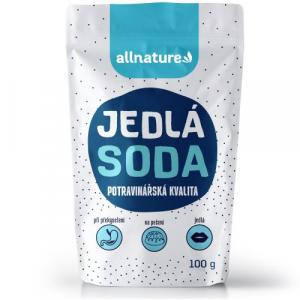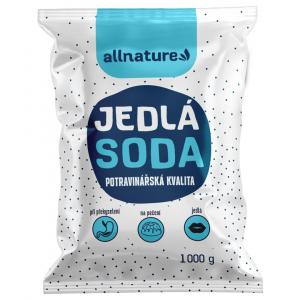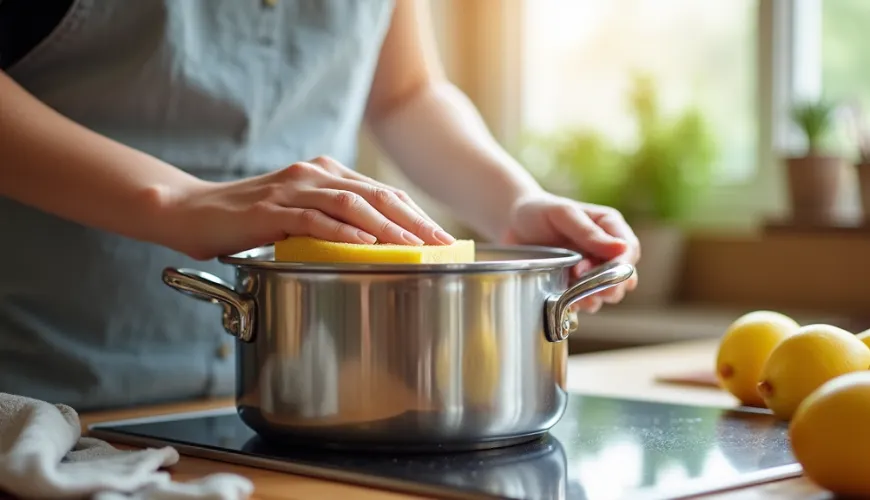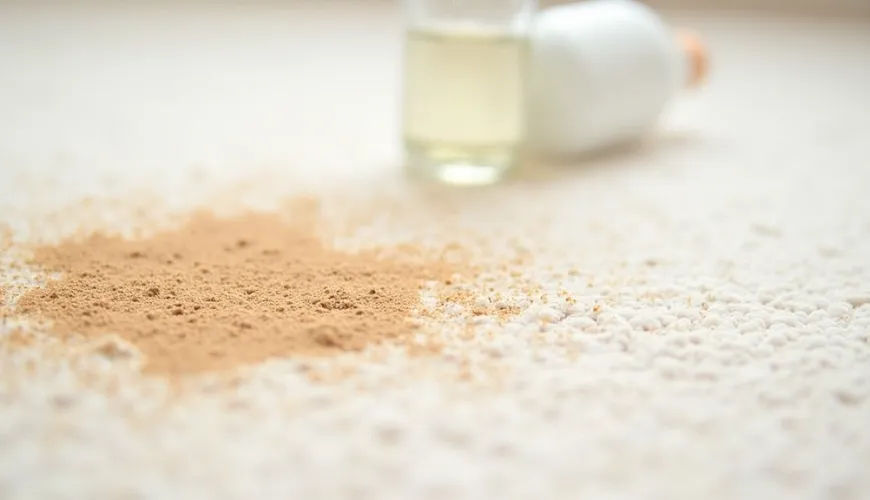
Important Tips on How to Clean a Pan from the Outside Without Chemicals
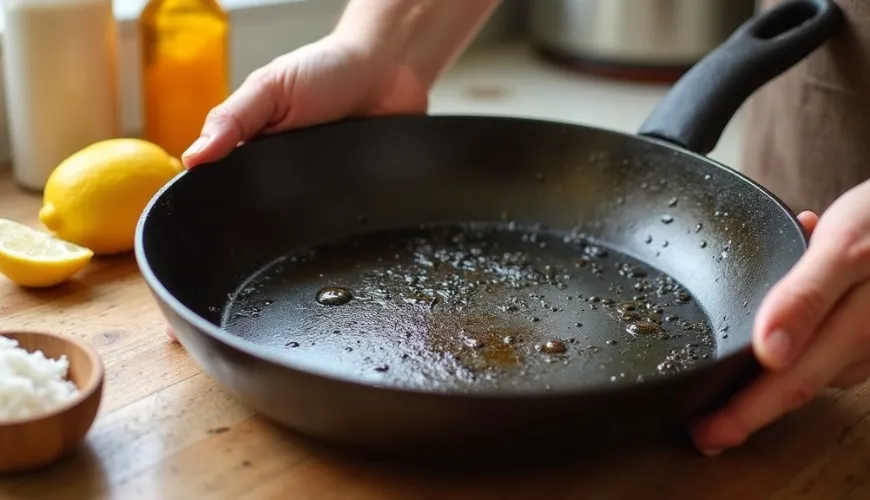
How to Deal with Burnt and Worn-Out Pans - Effective Ways to Clean a Pan from the Outside
When it comes to kitchen cleanliness, attention is usually focused on work surfaces, utensils, or the inside of cookware. But what about the outer side of the pan? It often remains neglected – and that's where burnt residues, grease, and oil remnants accumulate, darkening and hardening with each use. However, a worn-out pan doesn't have to mean the end of its lifespan. The question is: how to clean a pan from the outside so it looks new again?
It's not just about aesthetics. Deposits on the outside of the pan can cause uneven heating, reduced cooking efficiency, and, in the worst case, a smell at high temperatures. Moreover, if you cook on induction or ceramic hobs, a clean bottom is a necessity. Although cleaning a pan from the outside can be laborious, there are several gentle and effective methods that don't require harsh chemicals or aggressive scrubbing with wire wool.
Why Do Pans Blacken on the Outside?
Regular use of a pan means small droplets of oil, vapors, or food pieces settle around the edges and bottom. With repeated heating, these substances carbonize, darken, and form a hard layer. This gradually combines with other dirt to create a "crust" that doesn't come off with mere rinsing.
This effect is more pronounced with older pans or those frequently used at high temperatures, such as for frying. A pan with a non-stick surface should not be scrubbed too aggressively to avoid damaging the protective layer. Cleaning the outside, therefore, requires a different approach than regular washing.
Natural Methods That Really Work
One of the most effective helpers in cleaning a pan is baking soda. Combined with a bit of water, it creates a paste that helps break down burnt residues. To enhance its effect, you can add vinegar, which acts as a natural acid. This combination is known not only for its ability to remove grease but also for being environmentally and health-friendly.
Try our natural products
How to do it? Simply mix baking soda with water to a thicker paste consistency and apply it to the dirty areas on the outside of the pan. Then lightly sprinkle vinegar, let it sit for about 10-15 minutes, and gently scrub with a sponge or brush. In the case of heavier soiling, the process can be repeated or the mixture left overnight.
A practical example: A mother of two who regularly prepares dinners in a pan noticed a dark coating on the bottom after several months. Regular washing wasn't effective. She tried baking soda with vinegar and let it sit overnight. In the morning, the dirt came off almost by itself – without the need for aggressive scrubbing or using chemicals.
Help from the Kitchen - Lemon, Salt, and Other Wonders
Besides baking soda and vinegar, there are other home remedies that can tackle a burnt pan. Lemon contains natural acids that break down fats and also leave a pleasant scent in the kitchen. If you rub a dirty area of the pan with it or let it soak in lemon juice, the result can pleasantly surprise you.
Coarse salt is also useful – not only as an abrasive agent but also as a grease absorber. Combined with a drop of water or lemon, salt creates a paste that can be used similarly to baking soda. However, it's important to be cautious with pans with sensitive surfaces – such as titanium or non-stick pans, where salt can cause minor damage.
What to Do When Home Methods Aren't Enough?
Sometimes natural remedies simply aren't enough – especially for pans that have been neglected for a long time. In such cases, specialized grease removers come into play – preferably those that are also environmentally friendly. For example, there are eco-friendly oven and grill cleaners, which can tackle carbonized deposits and be used on the bottom of the pan.
When choosing a chemical agent, it's important to look for certifications (e.g., EcoLabel) that guarantee the product doesn't have negative impacts on the environment or health. Ferwer.cz offers a range of natural and eco-friendly household cleaning products that don't burden water ecosystems or household air.
For classic stainless steel or cast iron pans, you can also try thermal degreasing – a method where you place the pan on the stove, heat it, and add a bit of water with soda or vinegar. The heat releases settled particles, making them easier to remove. However, do not apply this method to pans with a non-stick surface, as it could damage the layer.
How to Prevent Cleaning and Avoid Repetition
Cleaning a pan from the outside can be challenging, but there are ways to prevent such problems. The simplest prevention is regularly wiping the bottom of the pan after each cooking – ideally with a damp cloth or sponge before it completely cools down. This prevents the gradual settling of grease and the formation of hard deposits.
Another option is to use flame diffusers or mats, which limit direct contact of the fire with the pan and thus prevent the burning of dripping droplets. Similarly, cooking at lower to medium temperatures can help, reducing the risk of burning fats and forming carbonized stains.
If you decide to thoroughly clean your pan from time to time, prevention means it won't be a weekend-long chore but regular maintenance. Burnt residues don't appear overnight – it's a long-term process that can be stopped in time.
Kitchen Ingredients vs. Chemicals
Many people face a decision – choose home recipes or commercial products? The answer depends on the level of dirt and personal preferences. If one is looking for a gentle solution that doesn't burden health or ecology, then home ingredients are a clear choice. However, it's also true that some cases require a stronger approach.
It's always important to read labels and follow instructions – whether it's about baking soda or an eco-friendly cleaner. Incorrect use can not only damage the pan but also irritate the skin or respiratory tract. Therefore, experts recommend using gloves and ensuring good ventilation.
As the old saying goes: "It's better to prevent dirt than to remove it." In the kitchen, this is doubly true. A pan that is regularly maintained will last for years in perfect condition – whether you use it to prepare Sunday lunch or everyday quick dinners.
Knowing how to clean a pan from the outside is a small but practical step towards a cleaner, more sustainable, and pleasant kitchen. Whether you choose traditional methods or eco-friendly chemicals, the most important thing is regularity and gentleness – to the cookware, yourself, and the planet.

